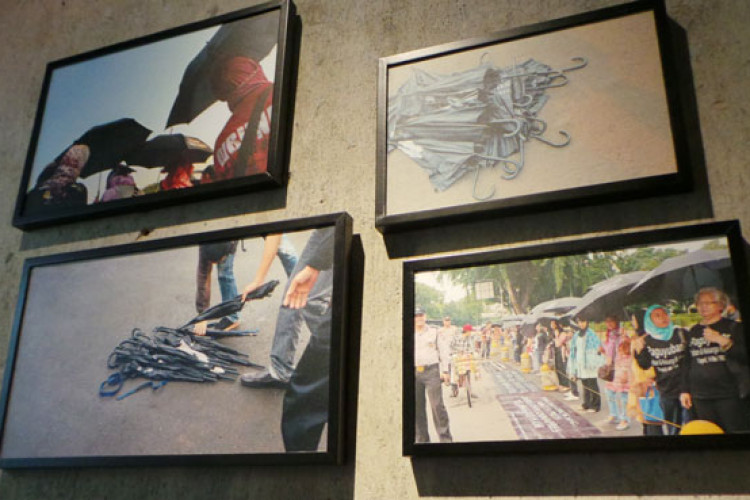The Rhythm of Keroncong with Waldjinah
Whiteboard Journal (W) visits the legendary keroncong singer Waldjinah (W).
by Ken Jenie
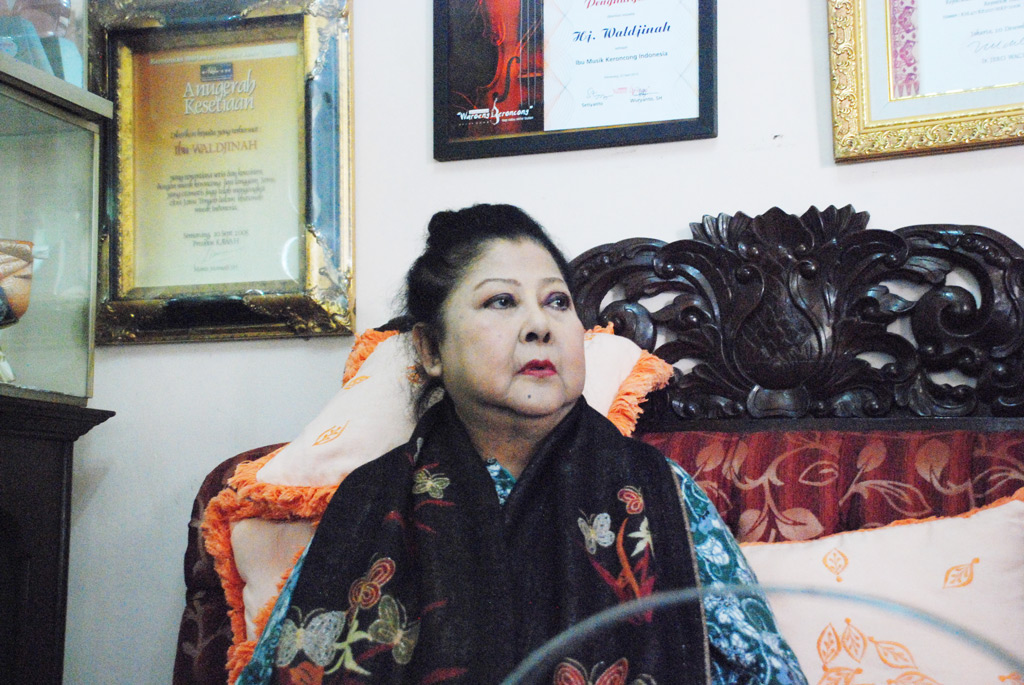
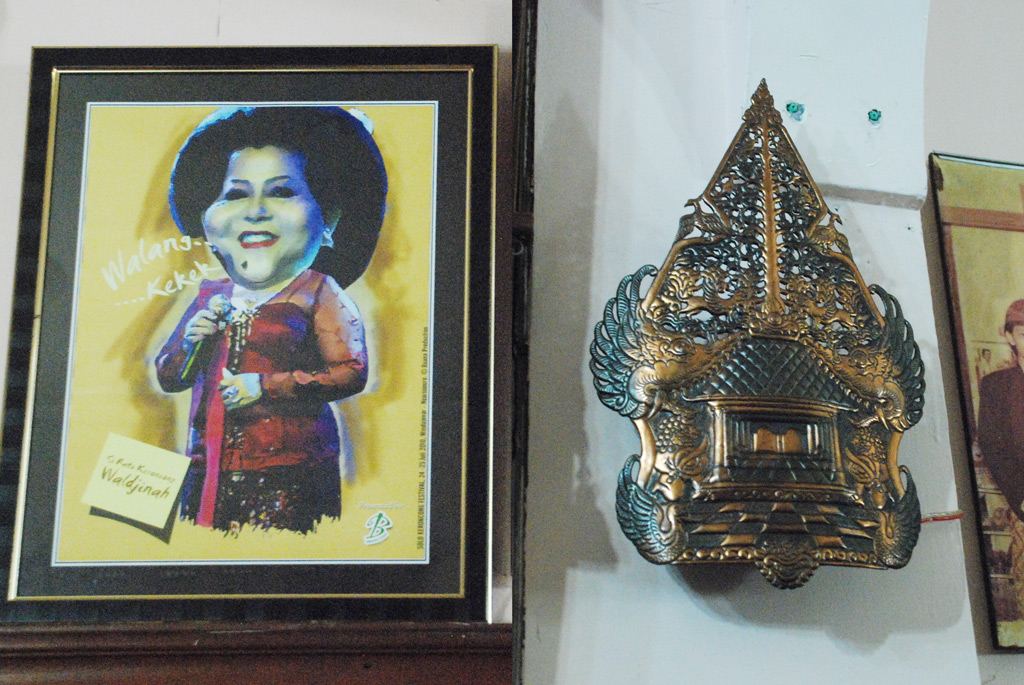
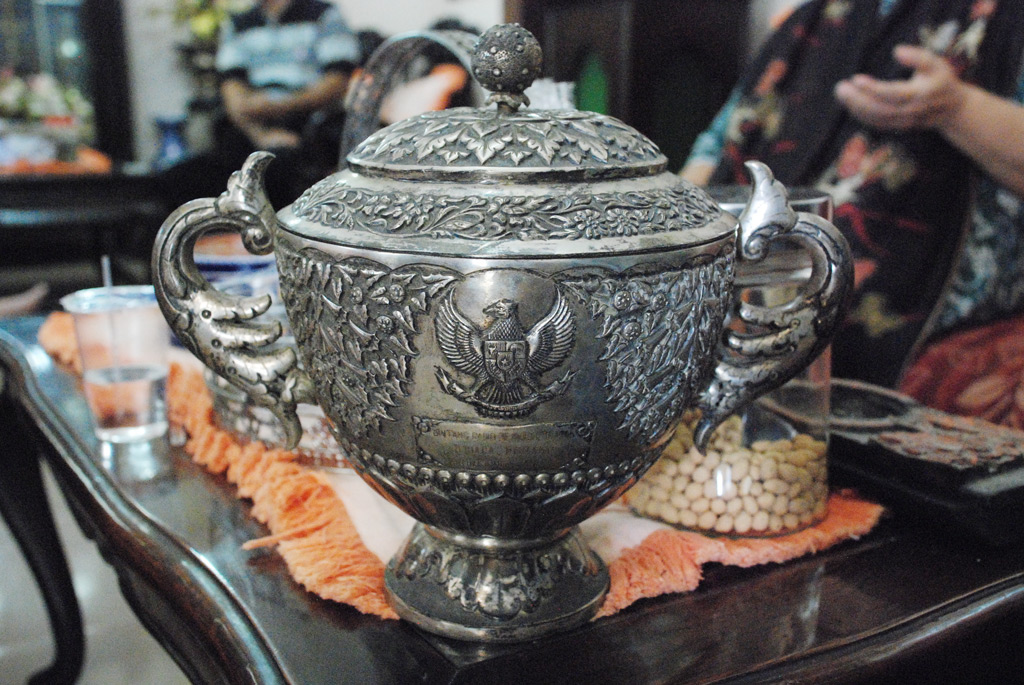
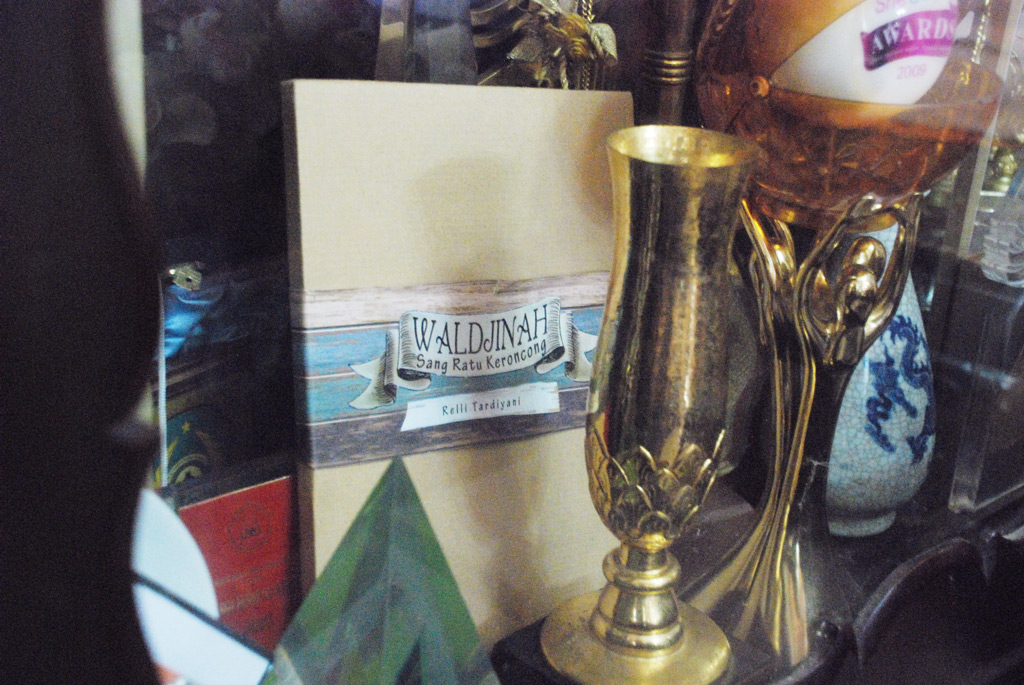
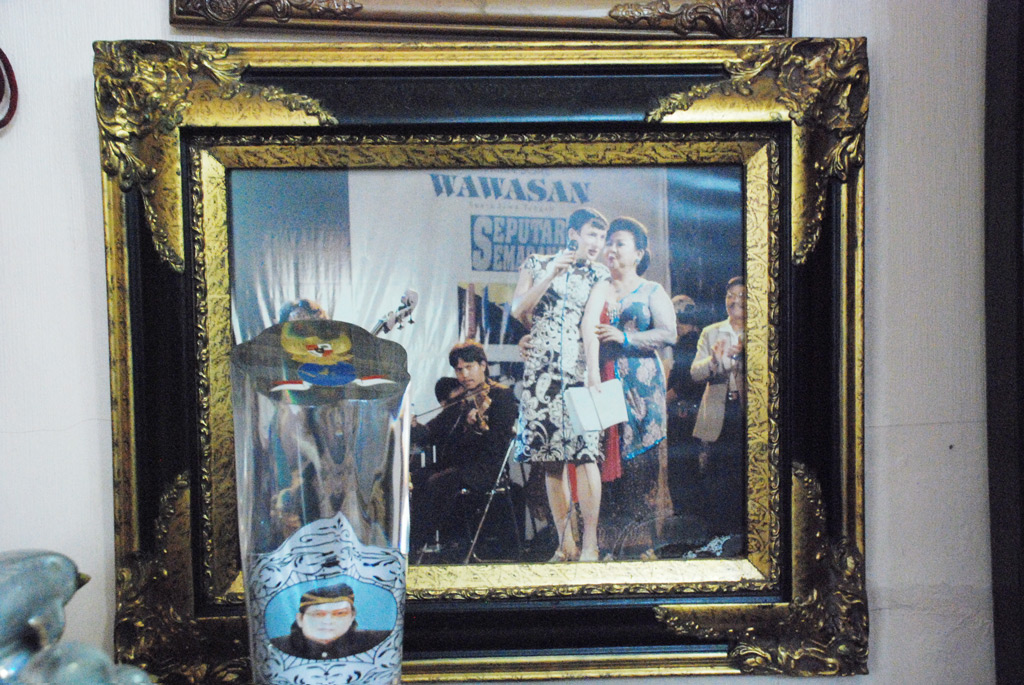
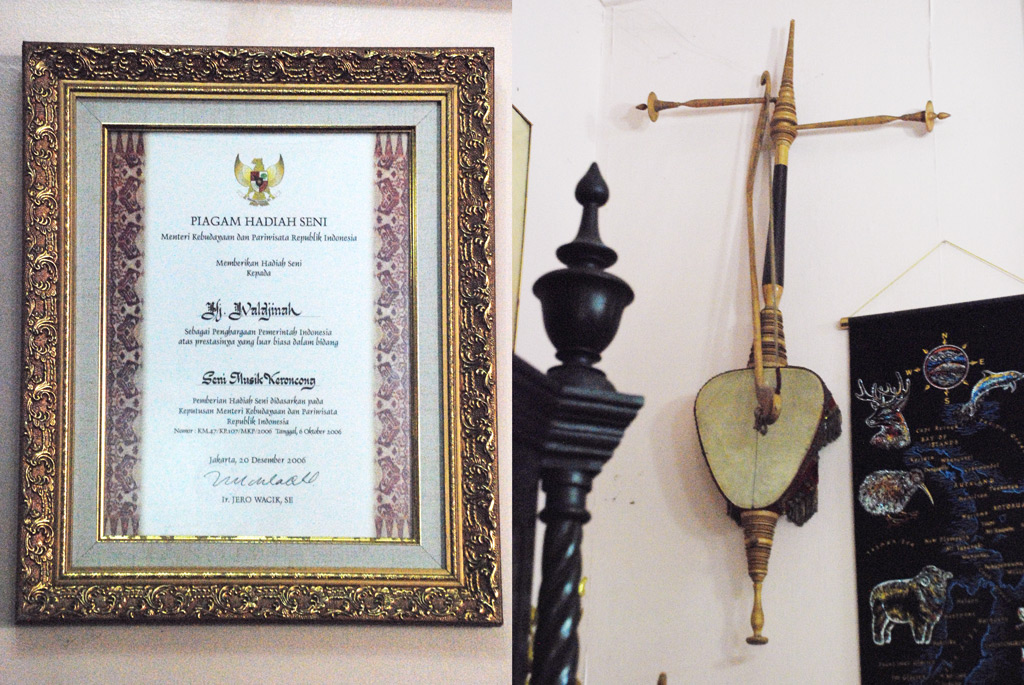
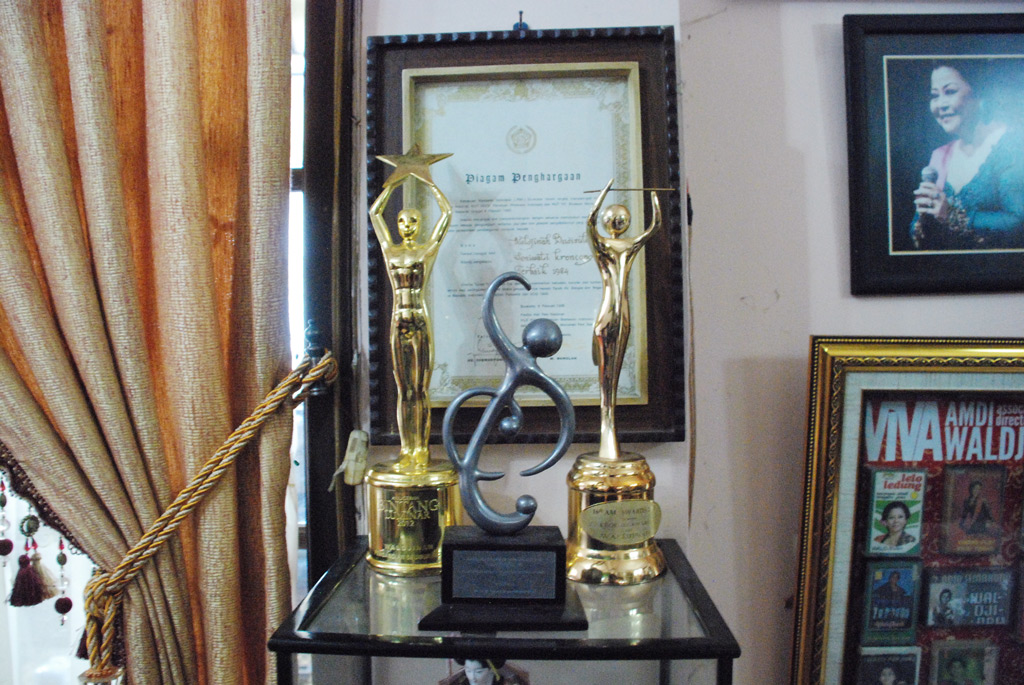
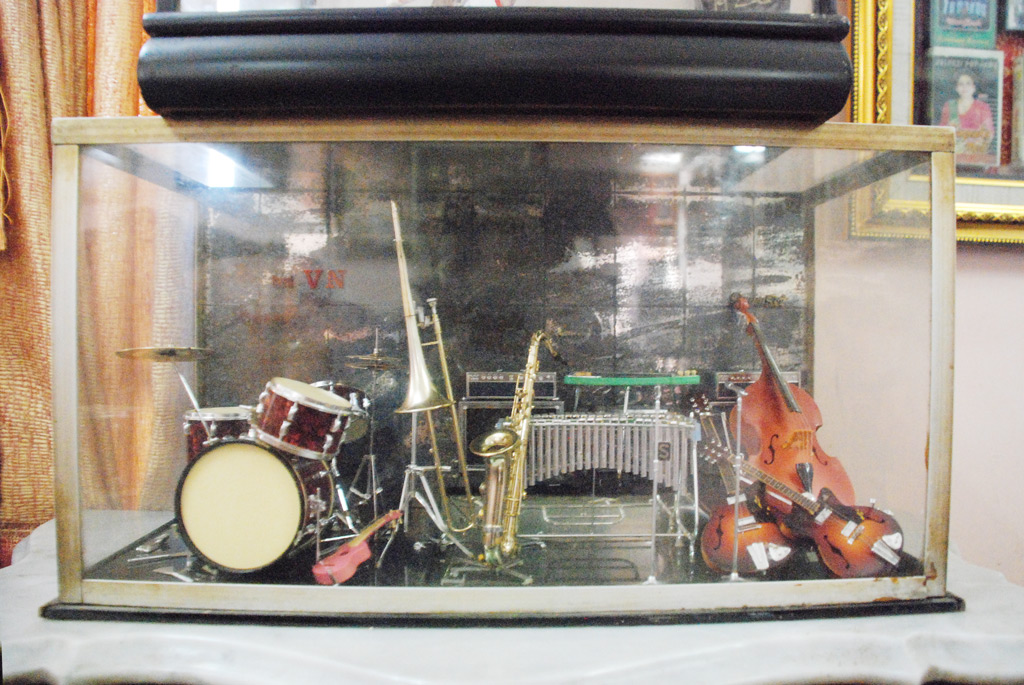
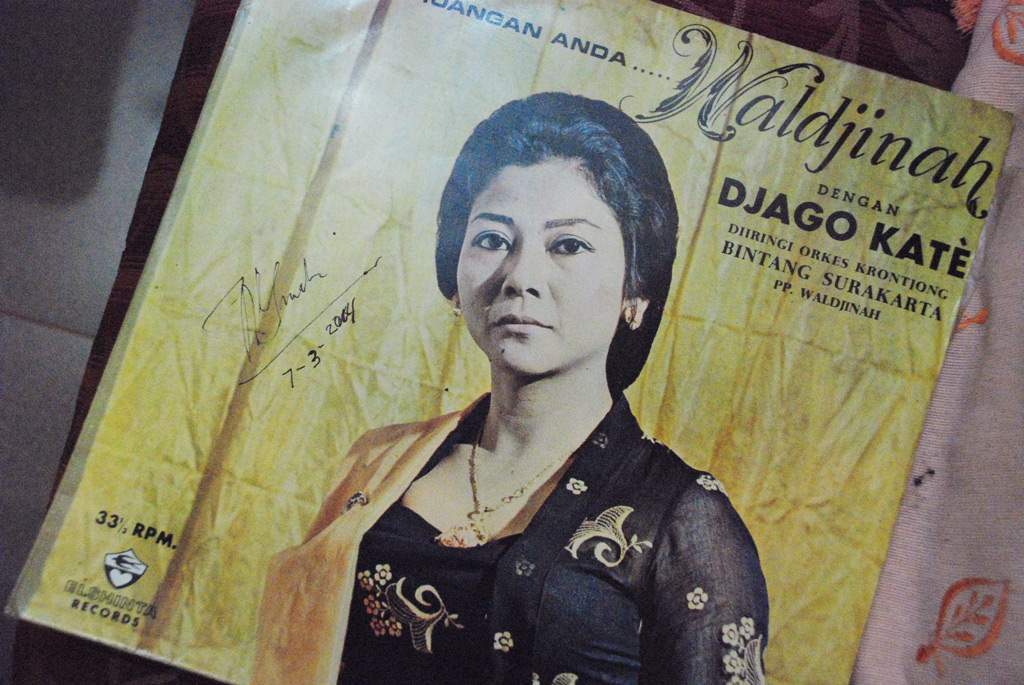
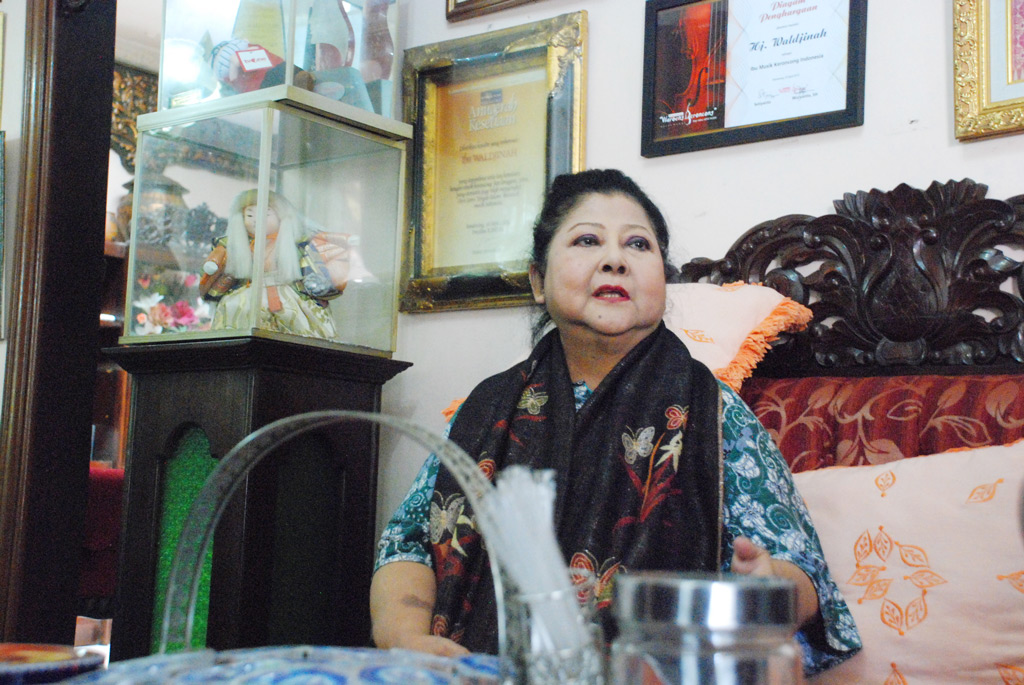
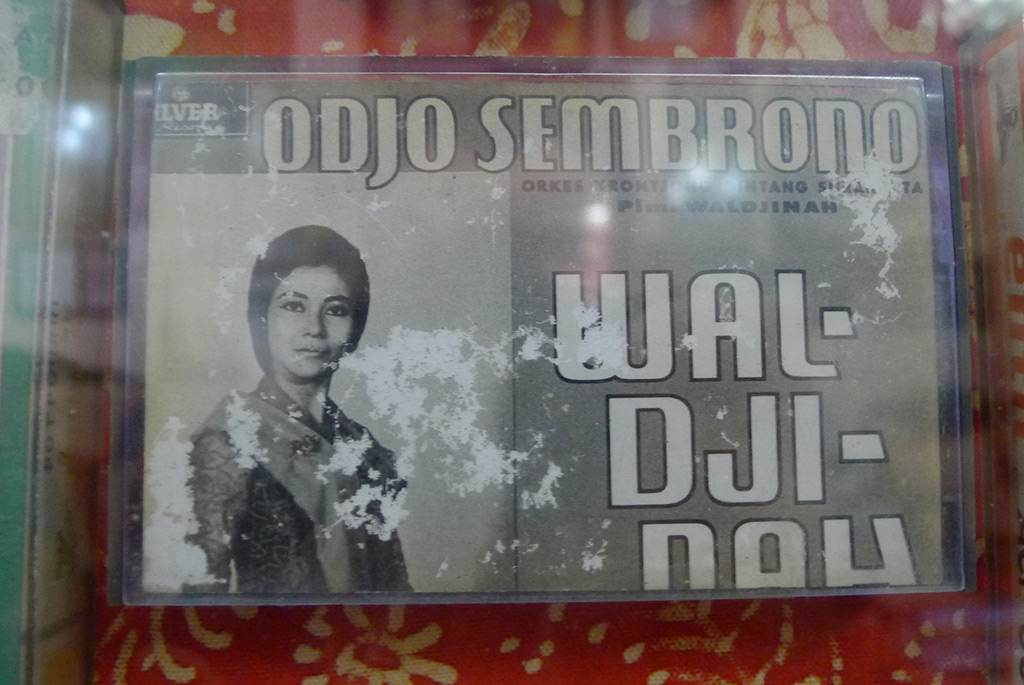
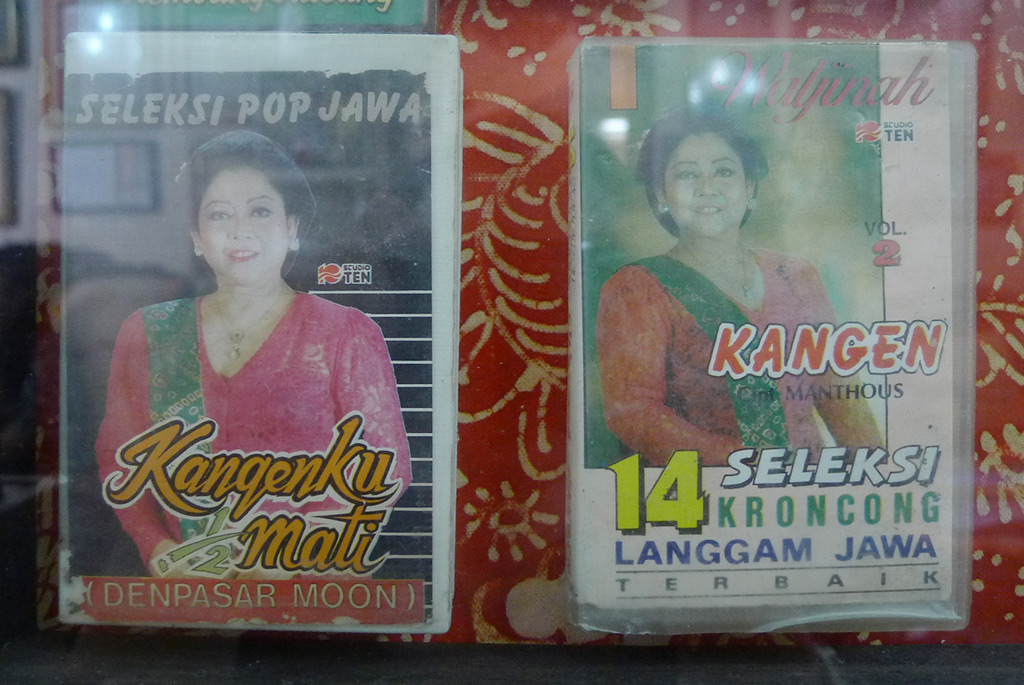
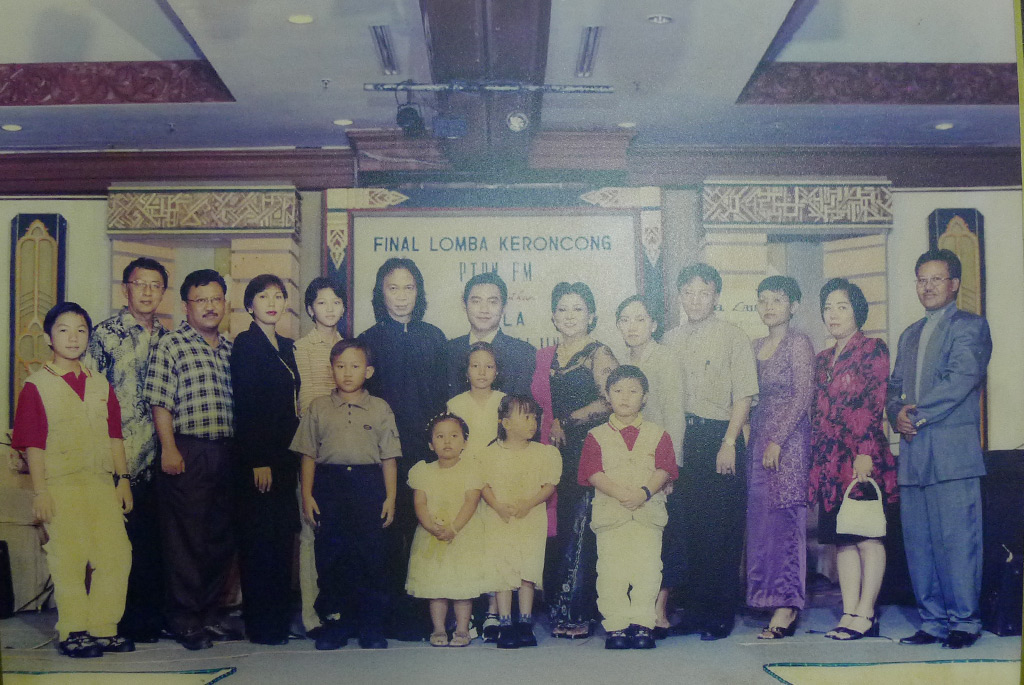
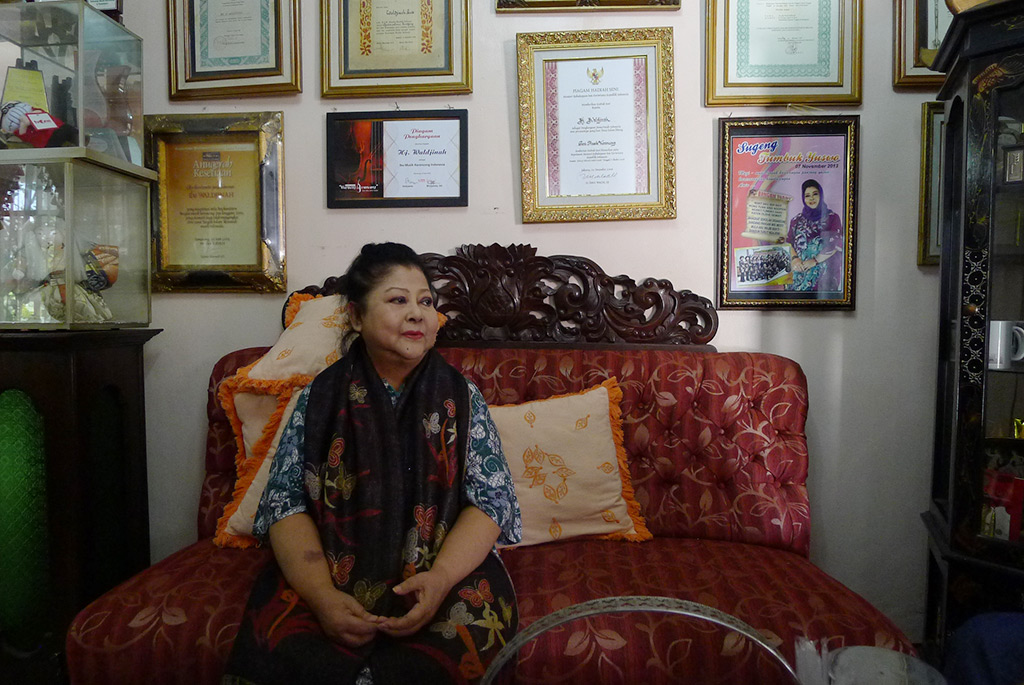
You first started singing because you listened to traditional Javanese music. Do you remember what song it was?
The song was “Kembang Kacang”, whose writer is unknown. It is a very Javanese song that I started singing at a very young age.
We read that you were 12 years of age at the time?
Yes, it was during my early teens. I practiced on my own with the help of my older brother – he taught me how to sinden [a Javanese style of singing, usually accompanied by a gamelan orchestra].
And you were in your first competition in highschool?
Actually, it was during my junior high school years – 10th grade, to be exact. I was recommended by RRI [Radio Republik Indonesia] to partake in the competitions even though I was actually too young at the time. I was 12 years old.
How would you describe the sound of keroncong, and what does it take to be able to sing keroncong?
I would describe the sound of keroncong as classic. What makes keroncong different from other styles of singing is that one needs to master their falsetto to soften their vocal projection. As for character, every individual has his or her own natural inflection. Most importantly is that people must have conviction when singing. Like Jazz, there is a lot of improvisation in Keroncong so technique is very important. The music relies heavily on individuality.
Could you tell us about how keroncong evolved from when you first began to sing?
At the basic of songwriting, there have been changes in the music arrangement. Also, there is now a lot of musical collaboration – perhaps modification is a more appropriate word. There are additions of instruments not found in more traditional forms of keroncong – drums, keyboards, gendang, etc – which resulted in campursari.
Oh, I have always thought that the roots of Campursari was dangdut.
Campursari was pioneered by a Semarang man named S. Darmanto in the 60s. The music was a combination keroncong and karawitan. It was a softer version of campursari. In the beginning there weren’t many drums and keyboard in the music, but now most campursari music is based on Javanese dangdut.
Have you ever recorded campursari music?
Yes, I was actually one of the first to record campursari music in the 60s. The label that released the record was Lokananta, and I believe the song was “Kembang Kacang”.
As a keroncong singer, how do you take care of your voice?
I practice my vocal range daily. As a singer, I have developed my own style of singing and I am most comfortable singing in D.
You have sung in both Indonesian and Javanese. According to your experience, is there a difference in your approach to singing in the two languages?
Yes, there is a difference. Particularly in your diaphragm, chest, throat, and mouth. Javanese singing has a lot of “luk” [portamento], while Indonesian music tends to be more straightforward.
Have you always been based in Solo?
Yes, I was born and raised here, and my musical career began here.
Would you say that the city has influenced you?
There are many things that have inspired me in Solo. I have so many stories and experiences; it is difficult for me to leave the city. Solo is filled with the politest and kindest people. I have many happy memories here.
You have worked with the late Gesang Martohartono in numerous occasions. [Gesang Martohartono is a renowned songwriter who famously wrote “Bengawan Solo”]
Yes, he wrote many of the songs just for my voice. He created the music, I would sing, record, and popularize it. It was back when we still recorded on a 2-track – one for the instruments, the other for the vocals.
Everything was done in one take?
Yes, there were only live takes back then so you only had one shot to get it right.
You must have been very comfortable with Mr. Gesang’s music.
I was very comfortable with his songs, but the music was mine. In 1968 I gathered a group of musicians to accompany me in my performances and recording [Orkes Keroncong Bintang Surakarta]. I was the leader of my orchestra. Although I do not know how to play the instruments, I understand arrangements, and my orchestra help create the music with me.
You were in a keroncong association here in Solo?
Yes, I used to lead the association here. I am no longer in the association though. I have been sick lately, and naturally must step down. I used to invite guest singers from different cities and different countries to perform. Many of the concerts would take place in Pasar Triwindu’s courtyard.
You have recorded hundreds of albums, do you have a favorite?
Of course, I love Walang Kekek, Kembang Kacang. My last album [Keroncong Nova] is with James Chu, who was born in Banyuwangi but now resides in Hong Kong. I sing old Indonesian pop songs in this album.
You have said that you are happy with youth’s interest in keroncong.
Absolutely.
What do you think they contribute, and what is the future of keroncong?
I hope keroncong will keep growing and changing with the times. Of course we have to understand and preserve the music, but if we are too focused with traditional keroncong the art form will become obsolete . Keroncong must adapt – we are now in the millennium, keroncong should also be relevant in the millennium. I am happy to see the youth adapt the style with other genres – be it rock, pop or jazz. When people listen to it, they will be curious about the roots of the music and learn the history on their own.
Keroncong must live!

